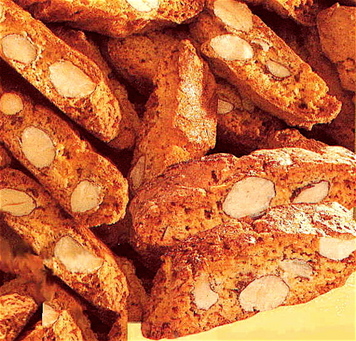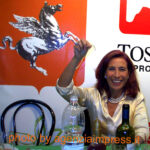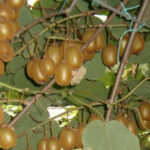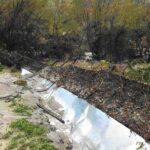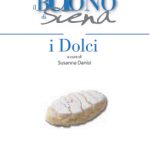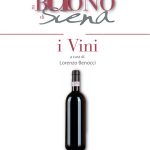Cantucci
Originary from Prato, known as “biscuits from Prato” but spread in all Tuscany, these biscuits are made by diagonally cutting long pastry loaves filled with intact almonds and sometimes with pine kernels. These desserts preserve much more than others (because they’re very dry), and just because of their thickness they’re usually eaten by dipping them into vin santo. For their preparation a pastry is made by mixing eggs, sugar and flour together. When it’s compact, almonds and pine kernels are added. The pastry is worked until some small loaves are obtained which are laid on baling tins. Brushed with beaten egg, the loaves are put in the oven for about twenty minutes, then still hot are diagonally cut, in a very oblique way. The obtained cut of the almonds is typical.
Cavallucci
Siena’s cavallucci, typical of the Palio’s city and its province, are quite big biscuits having an irregular shape. Their colour is somewhat white, they’re spongy and compact and their taste is like nuts, anise and candid fruit. To make them, water honey and sugar are melted on fire and this caramel is mashed with “0” flour, candid fruit, nuts, honey, soy flour, anise and baking powder. From this mix small pastry loaves are obtained, then they’re cut and put into the ovens. They’re baked for about half an hour at a temperature of 200°C.
Cenci
They have different names, according to the production area: for example they can also be called stracci, frappole or crogetti. Cenci, generally produced in Carnival times (February) are golden and crunchy. They’re fried rectangles, usually covered with icing sugar. Their taste is sweet and somewhat vanillas. The preparation of the product consists of preparing all the ingredients by hand: flour, eggs, butter, milk, baking powder and white wine are mashed together to get a homogeneous mix. The pastry is laid with a wooden rolling pin and cut in stripes not thicker than three centimetres. A frying in hot olive oil follows, until they are golden. Finally they’re covered with icing sugar. Very good if matched to vin santo or late grape harvest wines.
Pan dei Santi
Generally produced at the beginning of November, for All Saints day, it’s a dessert having a round shape like a typical loaf and a dark brown colour. It’s a fragrant sweet bread, on the basis of nuts and dry grapes. It’s soft and spongy, its weight is of around a half kilo. The preparation technique is very simple: a pastry of flavour, water and baking powder is made, and nuts and dry grapes are added to it. The mix is left to leaven on cloths and then baked at a temperature of 200°C. It’s a product typical of the tradition of once poor cooking. It’s eaten at the end of the meal, but not only, also as an afternoon snack.
Panforte di Siena
It’s perhaps the most typical and characteristic product of Siena and its province, especially spread in Christmas time. It’s a round dessert with different dimensions and sizes. It can be white or black depending on its covering of vanilla sugar or cocoa. It’s upper surface is quite wrinkled, while the lower part is put on a sugar wafer. It is chewy but has a strong taste, with aromas and candid fruit. For the white panforte a pastry is made with flour, sugar, oranges, citron, candid fruit, honey, vanilla, cinnamon. While for the black one (or Pan Pepato), the pastry is approximately the same but melon is used (instead of citron), and chilli pepper and cocoa are added. The “hand sizes” take form and they are baked at 200°C. Other types of Panforte are Chocolate Panforte (or “Ladies Panforte”, because it’s more delicate compared to pan Pepato) and the Blossom Panforte, in which flowers of sugar are used to garnish the lower surface.
Ricciarelli from Siena
They are oval biscuits, with very sweet taste and scent, typical of almond pastries. They’re soft and spongy, their surface is wrinkled and cracked. Externally they can be white or black, depending on the covering of the surface by icing sugar or chocolate. The latter is the case of “Ricciarelli Rozzi”. The working consists of grinding the almonds which are then mixed to egg whites, honey, sugar, aromas and baking powder. Once the pastry is completed, the sweets are modelled on proper moulds. They’re baked at 180°C. for twenty-five minutes, they’re covered with icing sugar or dark chocolate, according to the type.
Prodotto realizzato all’interno del Progetto di Valorizzazione dell’agroalimenatare senese 2009 promosso dalla CIA di Siena e cofinanziato dalla CCIAA di Siena.
CLICK HERE FOT THE ITALIAN VERSION
CLICK HERE FOR PHOTOS
Informazione pubblicitaria










